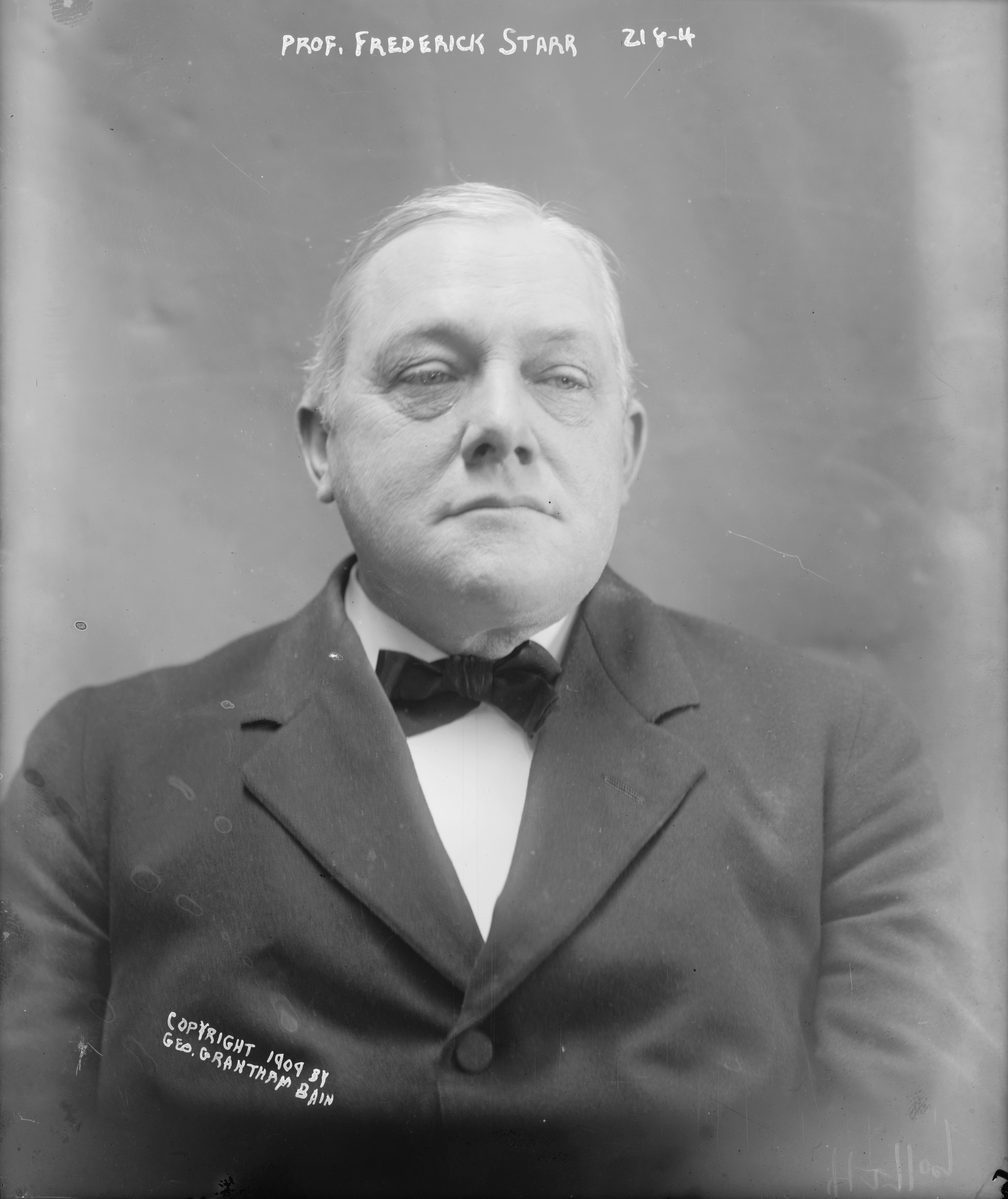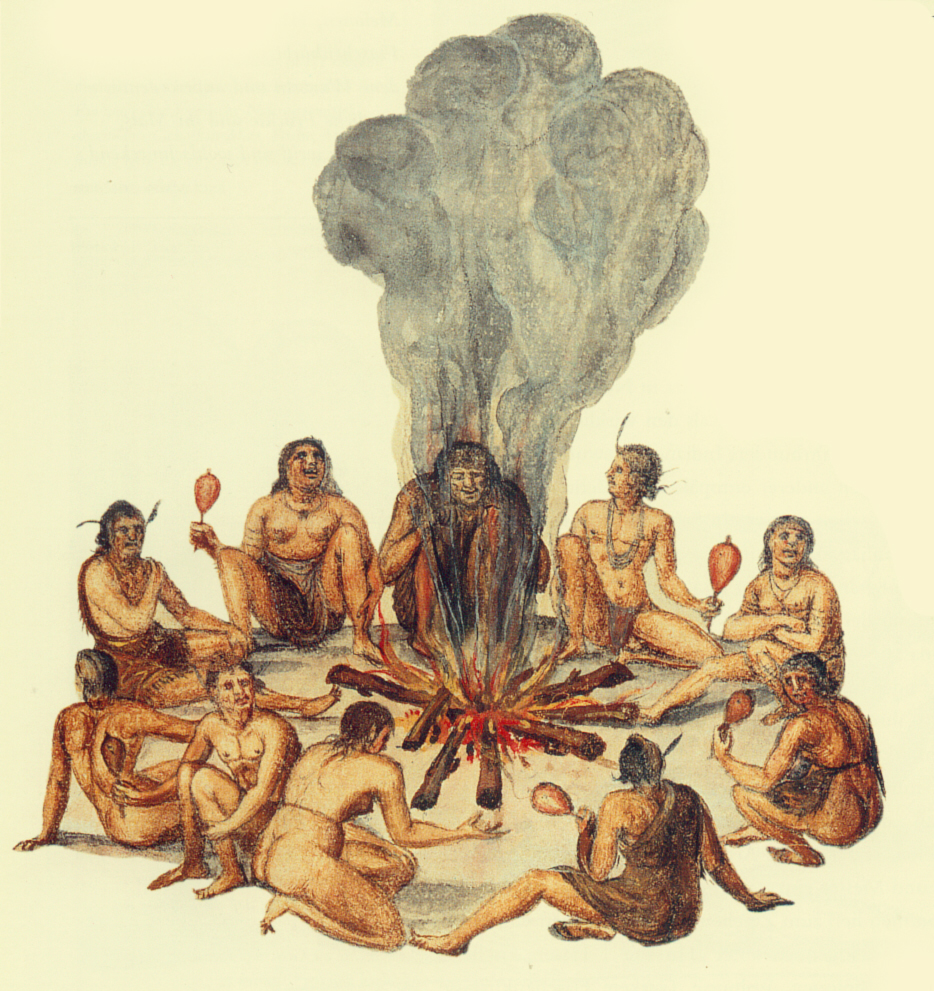|
San Pablito, Puebla
San Pablito is a small town located on the side of the Guajalote Mountain in the Sierra Norte de Puebla mountain region in central east Mexico. It belongs to the Pahuatlán municipality of the state of Puebla. Culturally it is dominated by the Otomi people, Otomi although it is part of the La Huasteca region. San Pablito is best known for the commercial production of a bark paper called amate as a Mexican handcrafts and folk art, handcraft. This paper is mostly sold to Nahua peoples, Nahua painters in Guerrero, but it is also sold nationally and internationally on its own. The paper is made much the way it was before the arrival of the Spanish. Originally, it was made only by the area's shamans for ritual purpose but today commercial production is mostly done by the town's women and children as many men have left to work in the United States. The town San Pablito is one of the towns belonging to the Pahuatlán municipality, located in the Sierra Norte de Puebla, Sierra Norte regi ... [...More Info...] [...Related Items...] OR: [Wikipedia] [Google] [Baidu] |
Administrative Divisions Of Mexico
The United Mexican States ( es, Estados Unidos Mexicanos) is a federal republic composed of 32 federal entities: 31 states and Mexico City, an autonomous entity. According to the Constitution of 1917, the states of the federation are free and sovereign in all matters concerning their internal affairs. Each state has its own congress and constitution. Federal entities of Mexico States Roles and powers of the states The states of the Mexican Federation are free, sovereign, autonomous and independent of each other. They are free to govern themselves according to their own laws; each state has a constitution that cannot contradict the federal constitution, which covers issues of national competence. The states cannot make alliances with other states or any independent nation without the consent of the whole federation, except those related to defense and security arrangements necessary to keep the border states secure in the event of an invasion. The political organizat ... [...More Info...] [...Related Items...] OR: [Wikipedia] [Google] [Baidu] |
Quezquémetl
The quechquemitl (also spelled quezquemitl) is a garment which has been worn by certain indigenous ethnicities in Mexico since the pre-Hispanic period. It usually consists of two pieces of rectangular cloth, often woven by hand, which is sewn together to form a poncho or shawl like garment, which is usually worn hanging off the shoulders. It can be constructed of various different fabrics, often with intricate weaves, and is typically highly decorated, most often with embroidery. In the pre-Hispanic period only women of high social rank were allowed to wear the quechquemitl. Since the colonial period, it has been adopted by various peoples, mostly living in central Mexico for everyday wear, festival and rituals, but its use has declined. Construction and use The quechquemitl has been variously described as a shawl, a cape and a triangular cloth, despite only resembling these somewhat when worn. Most quechquemitls are two pieces of rectangular cloth sewn together, and most often ... [...More Info...] [...Related Items...] OR: [Wikipedia] [Google] [Baidu] |
Saint Paul
Paul; grc, Παῦλος, translit=Paulos; cop, ⲡⲁⲩⲗⲟⲥ; hbo, פאולוס השליח (previously called Saul of Tarsus;; ar, بولس الطرسوسي; grc, Σαῦλος Ταρσεύς, Saũlos Tarseús; tr, Tarsuslu Pavlus; la, Paulus Tarsensis AD), commonly known as Paul the Apostle and Saint Paul, was a Christian apostle who spread the teachings of Jesus in the first-century world. Generally regarded as one of the most important figures of the Apostolic Age, he founded several Christian communities in Asia Minor and Europe from the mid-40s to the mid-50s AD. According to the New Testament book Acts of the Apostles, Paul was a Pharisee. He participated in the persecution of early disciples of Jesus, possibly Hellenised diaspora Jews converted to Christianity, in the area of Jerusalem, prior to his conversion. Some time after having approved of the execution of Stephen, Paul was traveling on the road to Damascus so that he might find any Christians ... [...More Info...] [...Related Items...] OR: [Wikipedia] [Google] [Baidu] |
Mestizo
(; ; fem. ) is a term used for racial classification to refer to a person of mixed Ethnic groups in Europe, European and Indigenous peoples of the Americas, Indigenous American ancestry. In certain regions such as Latin America, it may also refer to people who are culturally European even though their ancestors are not. The term was used as an ethnic/racial category for mixed-race that evolved during the Spanish Empire. Although, broadly speaking, means someone of mixed European/Indigenous heritage, the term did not have a fixed meaning in the colonial period. It was a formal label for individuals in official documents, such as censuses, parish registers, Inquisition trials, and others. Priests and royal officials might have classified persons as mestizos, but individuals also used the term in self-identification. The noun , derived from the adjective , is a term for racial mixing that did not come into usage until the twentieth century; it was not a colonial-era term.Rappap ... [...More Info...] [...Related Items...] OR: [Wikipedia] [Google] [Baidu] |
Bodil Christensen
Bodil may refer to: * Bodil Awards, Danish film awards * Bodil (given name), a feminine given name * Cyclone Bodil Cyclone Xaver (or Storm Xaver), also known as the North Sea flood or tidal surge of 2013, was a winter storm that affected northern Europe. Force 12 winds and heavy snowfall were predicted along the storm's path, and there were warnings of a s ..., a 2013 winter storm that affected northern Europe * 3459 Bodil, an asteroid {{disambig ... [...More Info...] [...Related Items...] OR: [Wikipedia] [Google] [Baidu] |
Frederick Starr
Frederick Starr (September 2, 1858 – August 14, 1933) was an American academic, Anthropology, anthropologist, and "populist educator"Parezo, Nancy J. and Don D. Fowler. (2007) "Taking Ethnological Training Outside the Classroom: the 1904 Louisiana Exposition as Field School,"''Histories of Anthropology Annual,'' Vol. 2, p. 78. born in Auburn, New York. As he was avid collector of charms (''ofuda'') and votive slips (''senjafuda'' or nōsatsu) he was called in Japan. He sold much of this collection to art collector and museum specialist Gertrude Bass Warner, and it currently resides at the Jordan Schnitzer Museum of Art at the University of Oregon and the University of Oregon Knight Library Special Collections & University Archives. Biography Starr earned an undergraduate degree at the University of Rochester (1882) and a doctorate in geology at Lafayette College (1885). While working as a curator of geology at the American Museum of Natural History (American Museum of Nat ... [...More Info...] [...Related Items...] OR: [Wikipedia] [Google] [Baidu] |
Spanish Conquest Of The Aztec Empire
The Spanish conquest of the Aztec Empire, also known as the Conquest of Mexico or the Spanish-Aztec War (1519–21), was one of the primary events in the Spanish colonization of the Americas. There are multiple 16th-century narratives of the events by Spanish conquistadors, their indigenous allies, and the defeated Aztecs. It was not solely a contest between a small contingent of Spaniards defeating the Aztec Empire but rather the creation of a coalition of Spanish invaders with tributaries to the Aztecs, and most especially the Aztecs' indigenous enemies and rivals. They combined forces to defeat the Mexica of Tenochtitlan over a two-year period. For the Spanish, the expedition to Mexico was part of a project of Spanish colonization of the New World after twenty-five years of permanent Spanish settlement and further exploration in the Caribbean. Significant events in the conquest of Mesoamerica Historical sources for the conquest of Mexico recount some of the same events in bot ... [...More Info...] [...Related Items...] OR: [Wikipedia] [Google] [Baidu] |
Aztec
The Aztecs () were a Mesoamerican culture that flourished in central Mexico in the post-classic period from 1300 to 1521. The Aztec people included different Indigenous peoples of Mexico, ethnic groups of central Mexico, particularly those groups who spoke the Nahuatl, Nahuatl language and who dominated large parts of Mesoamerica from the 14th to the 16th centuries. Aztec culture was organized into city-states (''altepetl''), some of which joined to form alliances, political confederations, or empires. The Aztec Empire was a confederation of three city-states established in 1427: Tenochtitlan, city-state of the Mexica or Tenochca; Texcoco (altepetl), Texcoco; and Tlacopan, previously part of the Tepanec empire, whose dominant power was Azcapotzalco (altepetl), Azcapotzalco. Although the term Aztecs is often narrowly restricted to the Mexica of Tenochtitlan, it is also broadly used to refer to Nahuas, Nahua polities or peoples of central Pre-Columbian Mexico, Mexico in the preh ... [...More Info...] [...Related Items...] OR: [Wikipedia] [Google] [Baidu] |
Toluca Valley
The Toluca Valley is a valley in central Mexico, just west of the Valley of Mexico (Mexico City), the old name was Matlatzinco. The valley runs north–south for about , surrounded by mountains, the most imposing of which is the Nevado de Toluca Volcano. It is one of the highest valleys in Mexico and for this reason has a relatively cold climate. Since the 1940s, there has been significant environmental degradation in the valley, with the loss of forests, soil erosion, falling water tables and water pollution due to growth in industry and population. In the pre-Hispanic period, it was a buffer region between the Aztec Empire and Purépecha Empire. From the Aztec period until the 19th century, it was part of the region controlled by Mexico City, but today it is the center of the State of Mexico, which has its capital in Toluca, the main city of the valley. Physical geography and climate The Toluca Valley is a broad highland valley located immediately west of the Valley of Mexico. I ... [...More Info...] [...Related Items...] OR: [Wikipedia] [Google] [Baidu] |
North Carolina
North Carolina () is a state in the Southeastern region of the United States. The state is the 28th largest and 9th-most populous of the United States. It is bordered by Virginia to the north, the Atlantic Ocean to the east, Georgia and South Carolina to the south, and Tennessee to the west. In the 2020 census, the state had a population of 10,439,388. Raleigh is the state's capital and Charlotte is its largest city. The Charlotte metropolitan area, with a population of 2,595,027 in 2020, is the most-populous metropolitan area in North Carolina, the 21st-most populous in the United States, and the largest banking center in the nation after New York City. The Raleigh-Durham-Cary combined statistical area is the second-largest metropolitan area in the state and 32nd-most populous in the United States, with a population of 2,043,867 in 2020, and is home to the largest research park in the United States, Research Triangle Park. The earliest evidence of human occupation i ... [...More Info...] [...Related Items...] OR: [Wikipedia] [Google] [Baidu] |
Gulf Of Mexico
The Gulf of Mexico ( es, Golfo de México) is an oceanic basin, ocean basin and a marginal sea of the Atlantic Ocean, largely surrounded by the North American continent. It is bounded on the northeast, north and northwest by the Gulf Coast of the United States; on the southwest and south by the Mexico, Mexican States of Mexico, states of Tamaulipas, Veracruz, Tabasco, Campeche, Yucatan, and Quintana Roo; and on the southeast by Cuba. The Southern United States, Southern U.S. states of Texas, Louisiana, Mississippi, Alabama, and Florida, which border the Gulf on the north, are often referred to as the "Third Coast" of the United States (in addition to its Atlantic and Pacific Ocean, Pacific coasts). The Gulf of Mexico took shape approximately 300 million years ago as a result of plate tectonics.Huerta, A.D., and D.L. Harry (2012) ''Wilson cycles, tectonic inheritance, and rifting of the North American Gulf of Mexico continental margin.'' Geosphere. 8(1):GES00725.1, first p ... [...More Info...] [...Related Items...] OR: [Wikipedia] [Google] [Baidu] |
.jpg)




